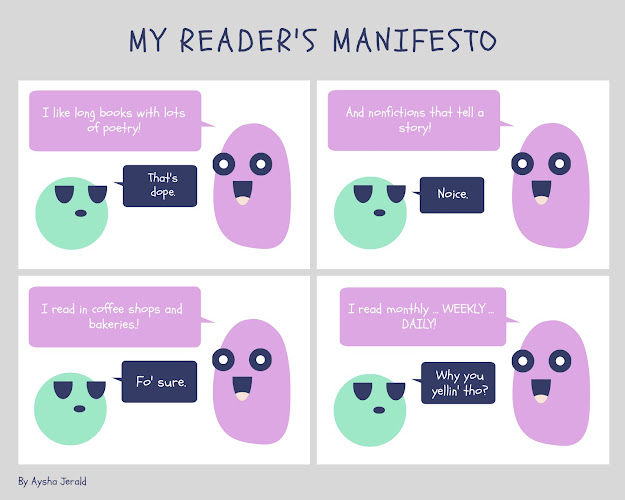Historical Fiction Reflection
In all, I believe teaching historical fiction can be tricky. Previously, before diving into the historical fiction novel, I have seen many ELA teachers teach the time period. For instance, many teachers will lecture their students on the Salem Witch Trials of the 1600s before reading The Crucible, a historical fiction classic. Yet, some students still cannot connect with or engage with the gripping tale. Its time period and supernatural implications are not concepts they can wrap their hands around. Therefore, how can we, as educators, peak their interest? How can we make historical fiction less ... historical?
When looking at the timeline of YA Historical Literature, I noticed that most of the YA historical novels that I have personally enjoyed have figuratively taken place in 1980s and the 1990s. I loved those novels the most because the time period wasn't that far away from my own. I could see the settings, understand the dialogue, and relate to the characters. I could grasp the concepts because I was raised by parents who loved telling stories about their youth in the 80s and 90s. I lived and experienced the time period vicariously through them, and I was better able to engage with the YA texts because of it.
To answer my own question, I believe the best way to make the genre of historical fiction intoxicating to young readers is to (truly) make the genre less historical. For example, yesterday, I finished two historical novels. The first was called Death Struck Year by Makiia Lucier, and the second was called, X: A Novel by Ilyasah Shabazz and Kekla Magoon. The first novel centered around a worldwide flu pandemic in the 1920s. The second novel centered around police brutality in the 1950s. While those time periods are far away from my own, I could relate to the pandemic spoken of in Death Struck Year because of my current experiences with COVID-19. I could also relate to the police brutality spoken of in X: A Novel because of my current experience with the race riots. Suddenly, I could follow the storylines of the two novels because concepts and themes weren't far away. Instead, they were up close and personal.
And, that's exactly what we have to do with our students. Make the genre up close and personal.

Comments
Post a Comment